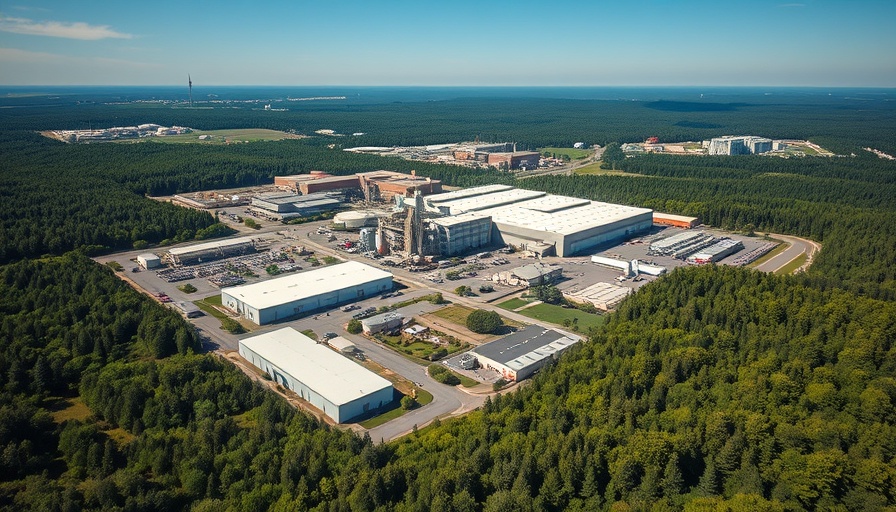
The Landscape of Construction Jobs in North Carolina
In the current dynamic economic landscape, North Carolina's construction industry is witnessing notable fluctuations. Despite the broader cooling in U.S. construction, particularly in housing and commercial sectors, North Carolina stands out due to its evolving job opportunities and wage growth. The Associated Builders and Contractors (ABC) has identified a considerable worker shortage in construction, estimating a shortfall of 439,000 workers by 2025. This gap creates an environment ripe for wage increases, particularly in specific trades.
Fastest-Growing Wages by Occupation
According to the latest report by Construction Coverage, a deep dive into the U.S. Bureau of Labor Statistics reveals that certain construction jobs in North Carolina boast impressive wage growth. The top five occupations with the fastest-growing wages, measured over a five-year period, include:
- Hazardous Materials Removal Workers: +42.7% growth, with an average wage of $44,090 in 2024 compared to $30,900 in 2019.
- Helpers–Carpenters: +42.3% growth, earning an average of $42,020 in 2024 from $29,520 in 2019.
- Helpers, Construction Trades, All Other: +42.2% growth, with an average wage of $38,620.
- Construction Laborers: +41.7% growth, averaging $44,210.
- Septic Tank Servicers and Sewer Pipe Cleaners: +40.3% growth, with an average wage of $48,990.
This impressive wage growth indicates a robust demand for workers in these specific fields, as industries shift and adapt to the changing economic environment.
The Bigger Picture: Wages vs. Inflation
While the nominal wage increases are substantial, it's essential to put them into context with real purchasing power. The mean annual wage for construction and extraction workers has risen to $63,920 in 2024, up 21.6% from 2019. However, once adjusted for inflation, this figure reflects a slight decrease of 0.9%. This situation highlights the ongoing challenge workers face, as wage growth needs to keep pace with inflation to genuinely reflect improved economic conditions.
Regional Comparisons: North Carolina vs. West Coast States
When comparing wage growth and working conditions across different regions, North Carolina's landscape appears competitive but still lags behind the West Coast. States like California, Oregon, and Washington are not only offering higher wages but also exhibiting significant real gains in their construction sectors. This reflects differing cost-of-living adjustments and ongoing investment in construction projects that cater to a growing population and urban development.
Thinking About the Future: What Lies Ahead?
As North Carolina navigates through these challenges, the outlook for the construction sector remains intriguing. The labor shortage, if effectively managed, could lead to additional investments in workforce training programs and educational initiatives aimed at attracting young talent into the construction workforce. The evolving needs within construction due to advancements in technology and sustainable practices will also play a crucial role in shaping future job opportunities.
As Charlotte residents look to the future, understanding these trends can empower them to make informed decisions in real estate and career paths within the construction field.
Ultimately, for individuals seeking careers in construction, this is a prime time to enter the workforce, especially in specialized trades where wages are climbing steeply. With the right skills and training, workers can significantly benefit from this growth.
If you enjoyed this story, why not stay connected? Join Charlotte Local Unplugged on Facebook and YouTube for exclusive local information.
 Add Row
Add Row  Add
Add 




Write A Comment